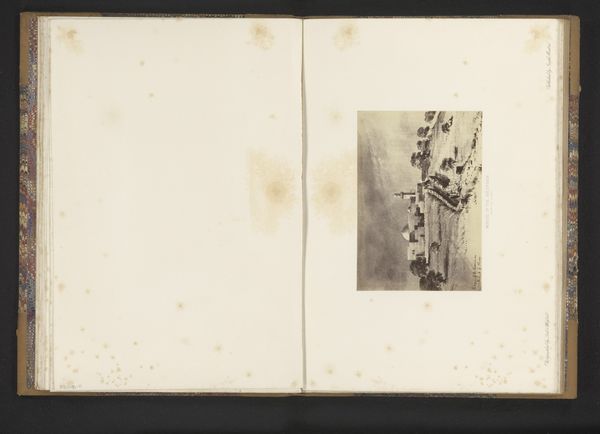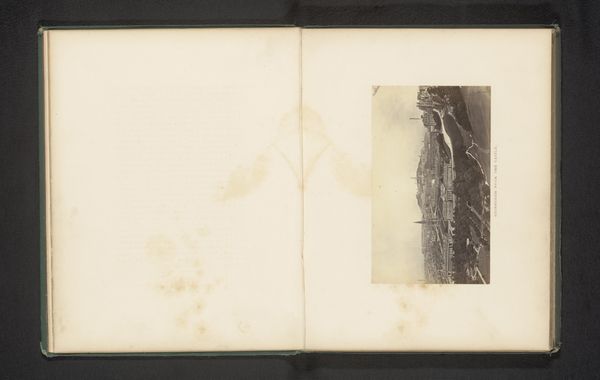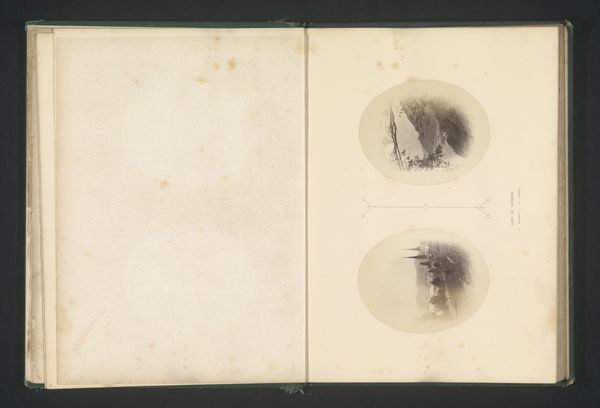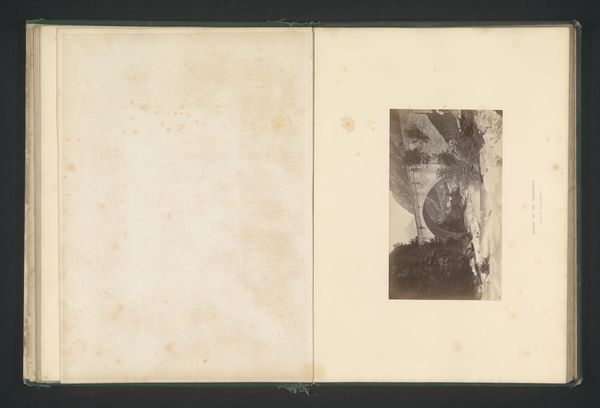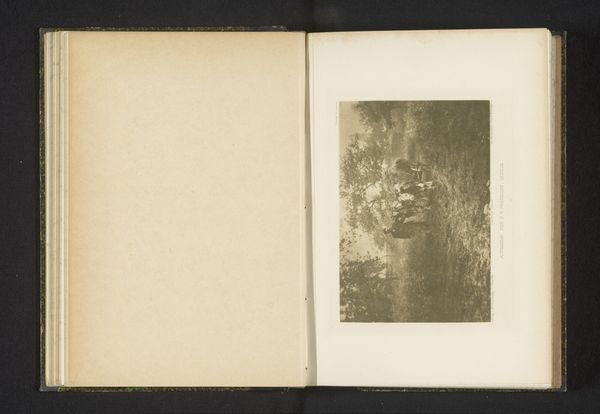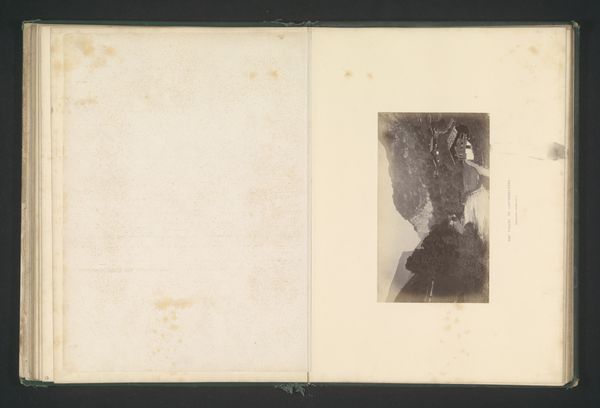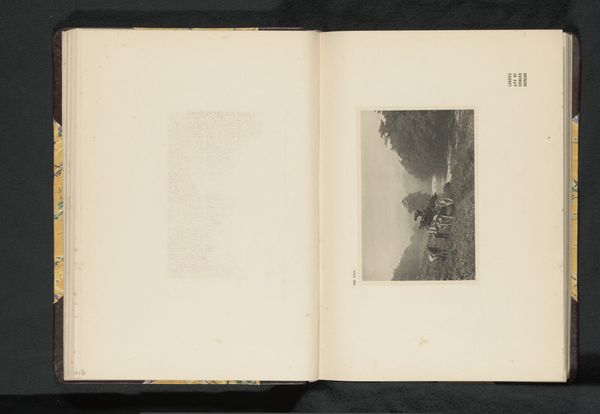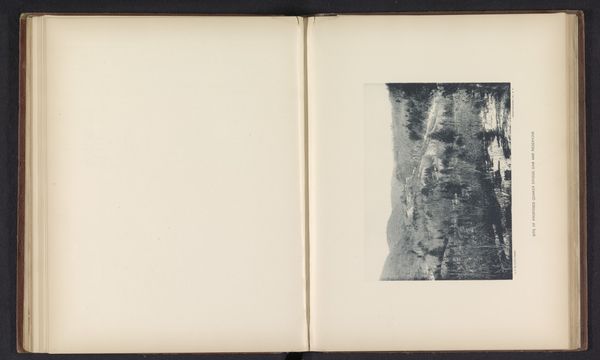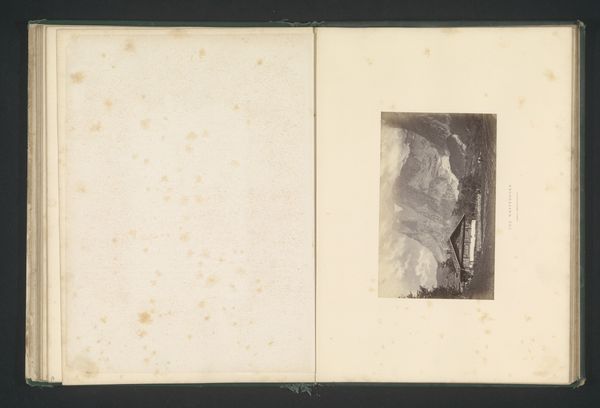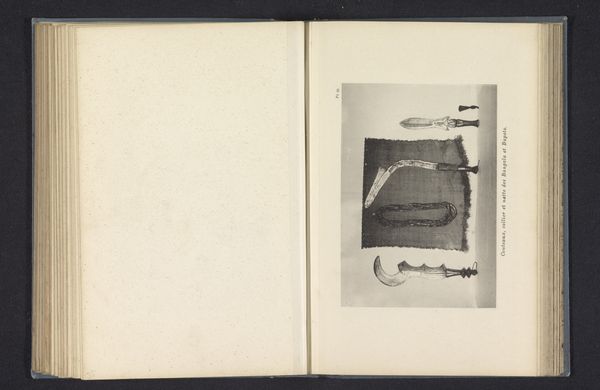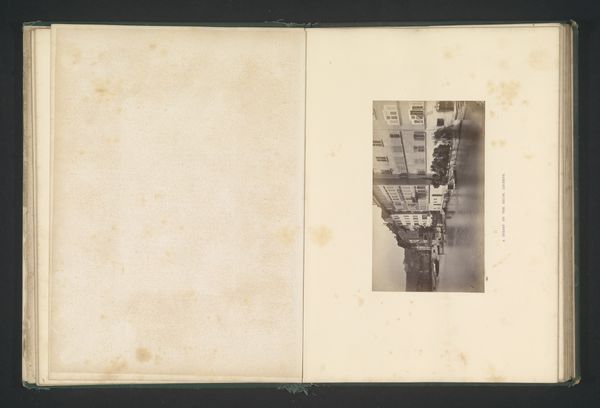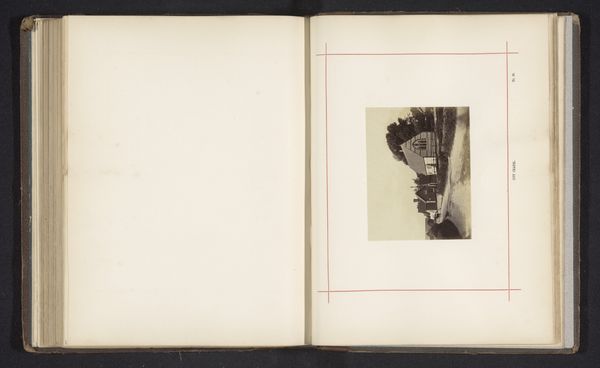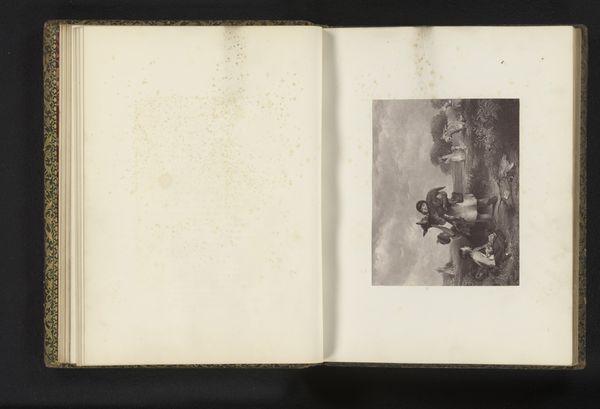
Dimensions: height 108 mm, width 179 mm
Copyright: Rijks Museum: Open Domain
Curator: Immediately, I'm drawn to the stillness of this piece, like a paused breath over the water. Editor: Well, you know, it's a rather serene watercolour drawing dating from before 1868, depicting the Chillon Castle. Curator: There's a whisper of romance here, almost a yearning for a past, viewed through this lovely aged paper. Does the composition reveal something about the artist’s process, or perhaps even the reception of this scene? Editor: Absolutely, the watercolour on paper medium speaks volumes about accessibility and portability, doesn't it? These watercolour illustrations were quite common because it facilitated easy artistic record-keeping. Consider how this work might have been commissioned or purchased. Was this part of some affluent person's travel journal? That speaks to class and leisure. Curator: Good point. The faded tones definitely conjure images of a traveler's diary. But that pale palette also softens the edges, blurring the lines between the real and the remembered. It looks as if you can almost breathe that Alpine air. How might its existence as homemade paper impact our interpretation, considering what it suggests about labour? Editor: Exactly, looking closely you can tell this isn’t mass-produced; each page carefully constructed. It underscores a certain commitment, not only to craft but potentially to place as well. Imagine the labour investment: hand-making paper versus grabbing a sketchpad off the shelf. Then we can reflect how landscape functioned in the colonial framework; it’s all deeply intertwined! Curator: So true; seeing that castle, and the romantic notion tied to travel, brings forth issues about ownership. The artist, and patron, perhaps saw the image itself as some form of control. It certainly enriches the work on levels far beyond just its scenic beauty. Editor: Right. Every stain, every faded section tells a tale of where the book traveled, what conditions it withstood... almost more fascinating than the illustration itself! Curator: I see a testament to its physical endurance, like an echo whispering stories long after those waters rippled. Editor: So it becomes not only an artifact, but also a document of how labor is embodied in an object. A window into artistic journey in materiality!
Comments
No comments
Be the first to comment and join the conversation on the ultimate creative platform.
